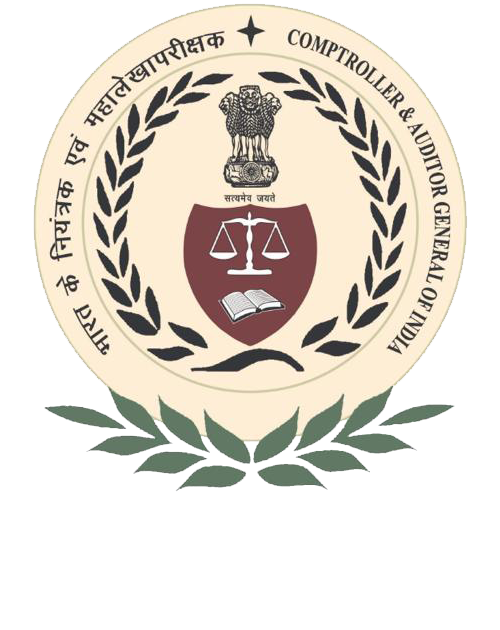- Home
- About Us
- Functions
- Resources
- Tour Program
- Publication & Reports
- Contact-Us
- Employee Corner
- National Essay Writing Competition 2024
Audit Reports
Compliance

Railways
Report No. 19 of 2014 - Compliance Audit on Railway Finances, Union Government (Railway)
Date on which Report Tabled:
Fri 28 Nov, 2014
Date of sending the report to Government
Government Type
Union
Union Department
Railways
Transport & Infrastructure
Overview
Indian Railways (IR) is a departmental commercial undertaking of the Government of India. It consists of 65,436 route kms* on which 20,038 trains ply, carrying about 23 million passengers and hauling nearly 2.76 million tonne of freight everyday. Policy formulation and overall control of the Railways is vested in Railway Board comprising of the Chairman, Financial Commissioner and other functional Members. The IR system is managed through 17 zones having 68 operating divisions. Apart from the zonal railways representing the operational part of the system, there are six production units engaged in manufacturing of rolling stock and other related items.
From 1 April 1950, a separate Railway Budget is being presented to the Parliament prior to presentation of the General Budget every year. Though the Railway Budget is presented to Parliament separately, the figures relating to the receipts and expenditure of IR are also shown in the General Budget, as Railway Budget forms part of the total budget of the Government of India.
Report of the Comptroller and Auditor General of India-Union Government (Railways) for the year ended 31 March 2012 (Report No.12 of 2013) highlighted that during 2011-12, total revenue receipts, increased by 9.89 per cent which was slightly above the Compound Annual Growth Rate (CAGR) of 9.68 per cent during the period 2007-11. The growth of freight earnings and passenger earnings were 10.67 per cent and 9.51 per cent respectively, which were above the CAGR achieved during 2007-11. Net surplus after meeting dividend liability was RS 1,125.57 crore in 2011-12. The Operating Ratio deteriorated as compared to the previous year. During 2012-13, total revenue receipts increased by 18.76 per cent which was above CAGR of 9.17 per cent during the period 2008-12. The growth rate of freight earnings and passenger earnings was 22.60 per cent and 10.89 per cent respectively over the previous year. These were both above the CAGR achieved during 2008-12.

